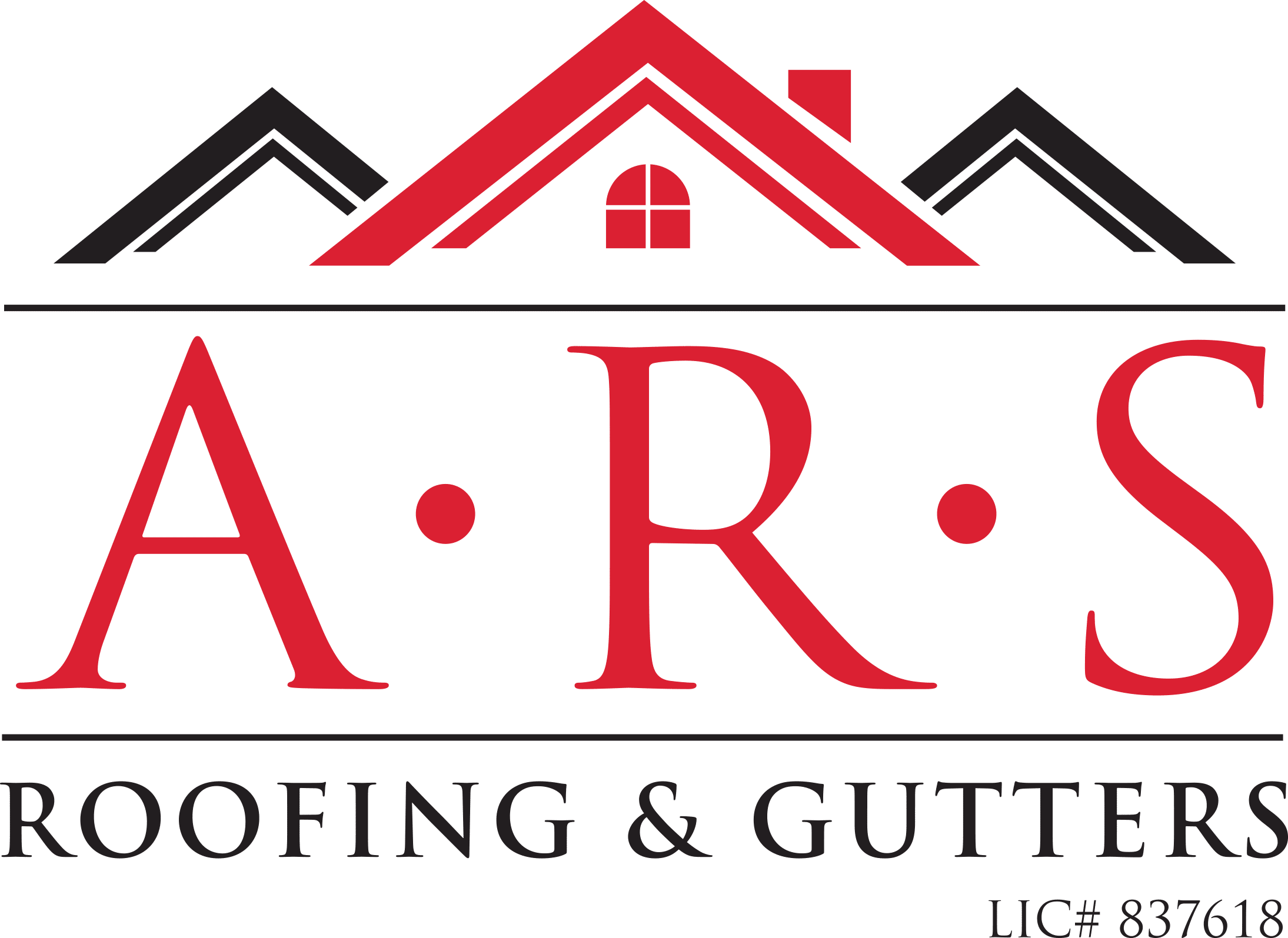When water stains darken your ceilings or run down your house walls, the reason could be a leak in your roof. Detecting the leak, however, is tough. On the other hand, repairing it is easy. Any roof leak needs immediate fixing. A small leak may lead to bigger problems like rotting frames, molding, and sheathing as also insulation that may be destroyed.
Remember, when you ignore a leak, you are inevitably inviting a huge bill for roof repairs. It is always recommendable to call a roofing company in Santa Rosa.
The following steps may be followed when detecting and repairing roofs:
- You begin by wearing rubber-soled shoes that will provide additional traction so that you don’t slip and fall off the roof. Also, compulsory is the use of a ladder and safety ropes when working on steep roofs.
- Look for damaged parts of the primary roofing material which is just above the leak. This will be easier on flat roofs. However, leaks may also seep into the house from a distance, where the actual damage happens to be.
- On a slanted roof, you should inspect higher areas rather than where the actual leak seeps into the home. Attics also need an inspection for black marks, water stains or mold. Alternately, they could spray water through a hose on numerous roof sections where you suspect damages, while having someone inside alerting as the leaking happens inside.
Repairing or Replacing Shingles
Damaged or missing shingles need to be located near the leak first as roofing tacks that have become exposed. Any shingle that is curled back needs straightening. In cold temperatures, you might have to soften the edge of the shingle with a heat source like a blow torch or electrical hair dryer. Attach the curled shingles again after straightening it with some asphalt roofing cement around the edges that are exposed and replace all damaged shingles. This is more so when shingles can be lifted from the roof using little effort, is broken, or simply crumbling.
Roll Roofing
In cases of roll roofing, detect cracks in the material and subsequently mend them. Split the blister using a knife, but without cutting the substrate beneath it. Soak up or squeeze out any water or liquid contained in the blister and dry out the area completely. Take generous amounts of special cement for roofing and spread it under the roofing material that has become loose, pressing down. Subsequently, hammer galvanized nails for roofing along the sides of the blister that’s been repaired. Then cover the full top area using roofing cement, covering all nail heads also.
Damaged Shakes
When repairing damaged shakes, split them first using a chisel and hammer. Slide your chisel under the shake and pry it out. Take a hacksaw and cut off any nail ends that you are unable to pry out. Take care to bypass nails when you can’t use the saw without causing damage to the shakes that are still usable. Cut out a fresh shake, which is around 9.5 mm smaller than the older one. Then slide this new piece into place, hammering it in with a pair of roofing nails. If the old nails that couldn’t be sawn off come in your way, take a coping saw for cutting notches on the shake so that it fits around the galvanized roofing nails. Use a nail set to put the heads in proper position and seal off with a caulking compound.
Connections
You should start by inspecting those areas where a surface connects with another, like a vent pipe or chimney. Look for caulking damage and apply caulk wherever necessary. Remove the damaged caulking to allow the new layer to bond with the flashing surface or roof. Take a putty knife and remove the old caulk. Then clean the area thoroughly and dry it. Use a caulk tube to work the caulk into a crack and allow it to dry fully. Larger repairs, however, may be necessary if the chimney flashing or vent boots are damaged. These may require full replacement.
If you need a leaking roof fixed by a roofing company in Santa Rosa, call ARS Roofing right away. We provide services round the clock and throughout the year.
